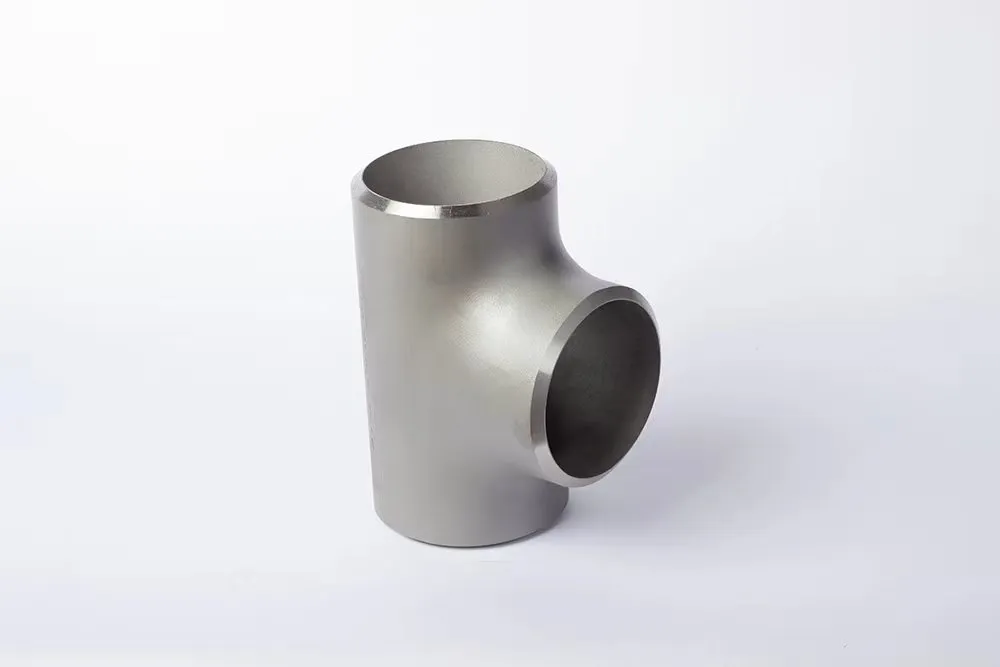-
Cangzhou Yulong Steel Co., Ltd.
-
Phone:
+86 13303177267 -
Email:
admin@ylsteelfittings.com
- English
- Arabic
- Italian
- Spanish
- Portuguese
- German
- kazakh
- Persian
- Greek
- French
- Russian
- Polish
- Thai
- Indonesian
- Vietnamese
- Zulu
- Korean
- Uzbek
- Hindi
- Serbian
- Malay
- Ukrainian
- Gujarati
- Haitian Creole
- hausa
- hawaiian
- Hebrew
- Miao
- Hungarian
- Icelandic
- igbo
- irish
- Japanese
- Javanese
- Kannada
- Khmer
- Rwandese
- Afrikaans
- Albanian
- Amharic
- Armenian
- Azerbaijani
- Basque
- Belarusian
- Bengali
- Bosnian
- Bulgarian
- Catalan
- Cebuano
- China
- China (Taiwan)
- Corsican
- Croatian
- Czech
- Danish
- Esperanto
- Estonian
- Finnish
- Frisian
- Galician
- Georgian
- Kurdish
- Kyrgyz
- Lao
- Latin
- Latvian
- Lithuanian
- Luxembourgish
- Macedonian
- Malgashi
- Malayalam
- Maltese
- Maori
- Marathi
- Mongolian
- Myanmar
- Nepali
- Norwegian
- Norwegian
- Occitan
- Pashto
- Dutch
- Punjabi
- Romanian
- Samoan
- Scottish Gaelic
- Sesotho
- Shona
- Sindhi
- Sinhala
- Slovak
- Slovenian
- Somali
- Sundanese
- Swahili
- Swedish
- Tagalog
- Tajik
- Tamil
- Tatar
- Telugu
- Turkish
- Turkmen
- Urdu
- Uighur
- Welsh
- Bantu
- Yiddish
- Yoruba

Aug . 19, 2024 16:33 Back to list
Effective Methods for Sealing Galvanized Pipes in Plumbing Systems
The Importance of Plugging Galvanized Pipes
Galvanized pipes, coated with a layer of zinc, have been a popular choice in plumbing systems for decades. Their resistance to corrosion and durability make them suitable for various applications, including water supply lines, drainage systems, and even as conduits for electrical wiring. However, there are instances when it becomes necessary to plug these pipes effectively. In this article, we will explore the importance of plugging galvanized pipes, the methods used, and the considerations one should keep in mind.
Why Plug Galvanized Pipes?
There are various reasons why plugging galvanized pipes might be necessary. First and foremost, the transition from galvanized pipes to modern materials such as PVC or PEX is becoming more common as the latter options provide better resistance to corrosion and ensure higher water quality. In such cases, plugging helps in preventing leaks and maintaining pressure in the existing piping system during the transition.
Additionally, repairs or modifications may require temporarily removing a section of the pipe. In such scenarios, plugging the remaining ends of the galvanized pipes is crucial to stop water flow, facilitating easier and mess-free repair work. Moreover, if a galvanized pipe has reached the end of its lifespan and is being replaced, plugging the ends will help contain any residual water and prevent backflow into other sections of the plumbing system.
Methods of Plugging
There are several methods available for plugging galvanized pipes, each suited to different situations and pipe diameters
. Here are a few common techniques1. Mechanical Plugs These are often made from rubber or plastic and can be easily inserted into the end of a pipe. The plug expands to seal the pipe securely, preventing water from escaping. This method is easy to install and remove, making it a popular choice for temporary plugging.
2. Epoxy or Sealant In some instances, a strong epoxy or sealant can be applied to seal the ends of the pipe. This method is more permanent and is ideal for situations where pipes are not expected to be used again.
plugging galvanized pipe

3. Blind Flanges Used primarily in commercial settings, a blind flange can be bolted onto the end of a pipe to completely seal it off. This method provides a robust solution for permanently removing a section of the pipe without leaking.
4. Pipe Caps A pipe cap is another common option that can be soldered or welded onto the end of a galvanized pipe. This provides a permanent seal, but it may require additional tools and skills to install.
Considerations Before Plugging
When deciding to plug galvanized pipes, several factors must be considered. First, the integrity of the existing pipe should be assessed. If the pipe is significantly corroded or damaged, it might be more beneficial to replace it entirely rather than merely plugging it.
Next, the purpose of the plug should be clearly defined. Is it for a temporary repair, or a more permanent solution? This decision will influence the method chosen for plugging.
Lastly, the compatibility of the materials used for plugging with galvanized pipe must be verified. Using materials that can withstand the conditions of water and temperature will ensure that the seal is effective and long-lasting.
Conclusion
In summary, plugging galvanized pipes is an essential practice in plumbing maintenance and repair. Whether transitioning to newer materials, performing repairs, or permanently decommissioning a section of pipe, understanding the proper techniques and considerations will lead to successful outcomes. As plumbing technology continues to evolve, the knowledge of how to manage traditional materials like galvanized pipes remains invaluable for homeowners and professionals alike.
Latest news
-
ANSI 150P SS304 SO FLANGE
NewsFeb.14,2025
-
ASTM A333GR6 STEEL PIPE
NewsJan.20,2025
-
ANSI B16.5 WELDING NECK FLANGE
NewsJan.15,2026
-
ANSI B16.5 SLIP-ON FLANGE
NewsApr.19,2024
-
SABS 1123 FLANGE
NewsJan.15,2025
-
DIN86044 PLATE FLANGE
NewsApr.19,2024
-
DIN2527 BLIND FLANGE
NewsApr.12,2024
-
JIS B2311 Butt-Welding Fittings LR/SR 45°/90° /180°Seamless/Weld
NewsApr.23,2024











